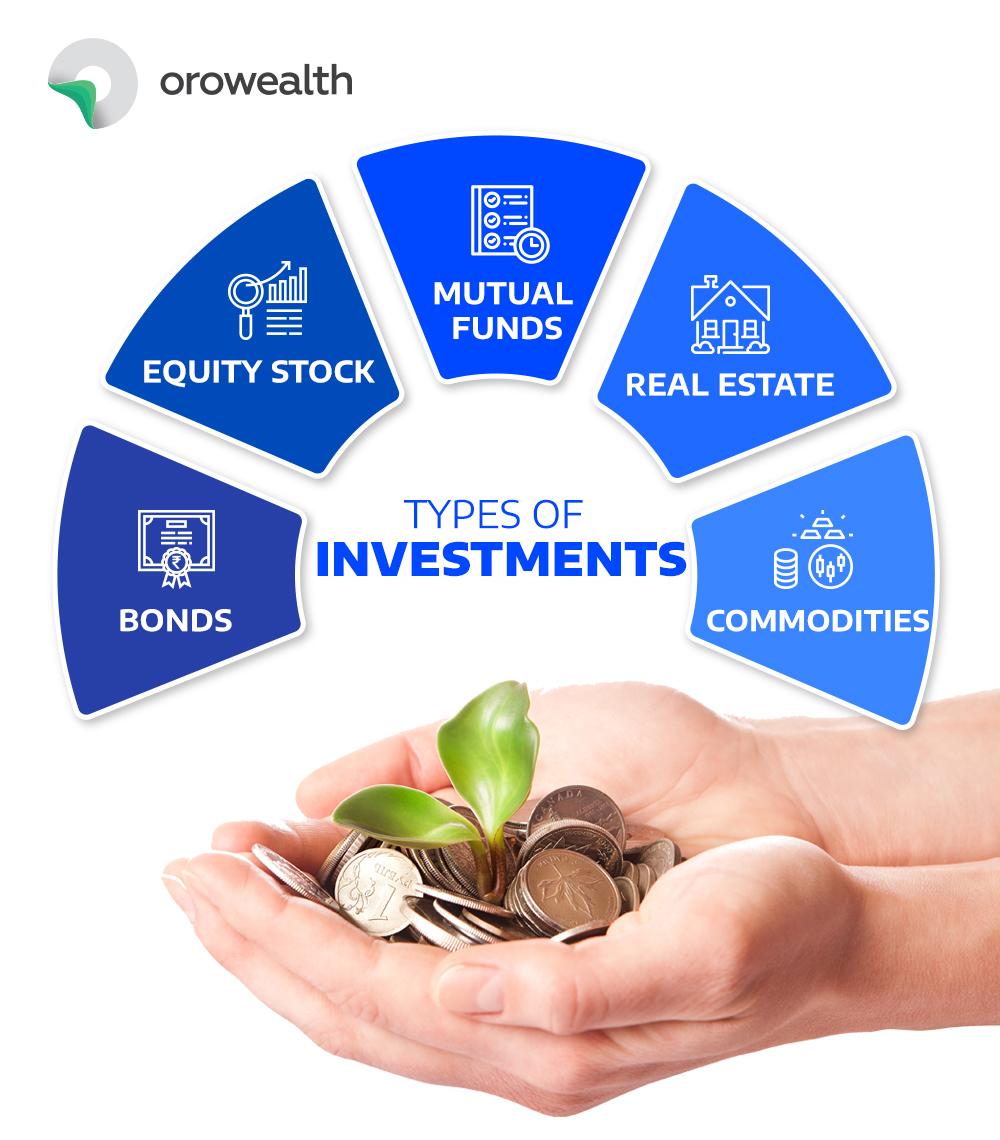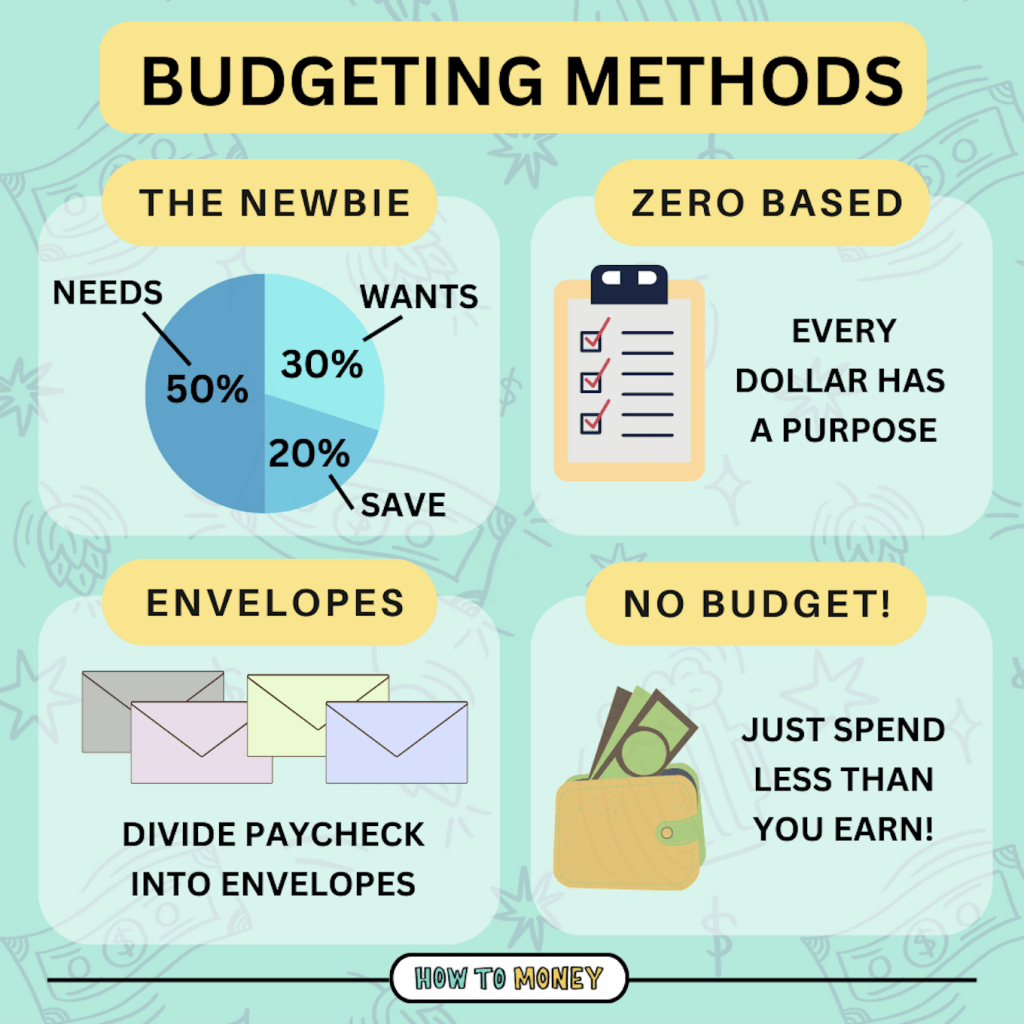
Investment Stories for Teenagers: Turning Pocket Money into Potential
For teenagers, the world of finance can seem like a distant, complicated landscape reserved for adults in suits. But the truth is, understanding and engaging with investing, even on a small scale, is one of the most empowering skills you can develop. It’s not just about getting rich quick; it’s about building financial literacy, learning valuable life lessons, and setting yourself up for a more secure future.
This article isn’t about promoting specific stocks or schemes. Instead, it’s about telling stories – real-life examples, hypotheticals, and lessons learned – that illustrate how teenagers can approach investing, learn from their mistakes, and cultivate a healthy relationship with money.
Story 1: The Lemonade Stand Mogul (and the Power of Compounding)
Imagine Sarah, a bright 14-year-old with a killer lemonade recipe. During the summer, she sets up a lemonade stand in her neighborhood. After accounting for the cost of lemons, sugar, cups, and her hand-drawn signage, she consistently makes a profit of $20 a week.
Instead of spending all her earnings on the latest video game or trendy clothes, Sarah decides to invest a portion of it. She opens a custodial brokerage account (an account managed by an adult on her behalf until she turns 18). Her parents help her choose a low-cost index fund that tracks the S&P 500 (a collection of 500 of the largest publicly traded companies in the U.S.). She invests $15 of her weekly profit into this fund.
Let’s say, on average, the S&P 500 generates an annual return of 7% (historically, it’s been higher, but 7% is a conservative estimate). Sarah diligently invests $15 per week, which translates to $780 per year. Over several years, the magic of compounding begins to work. Compounding means earning returns not only on her initial investment but also on the accumulated interest.
Without adding any more money, after 10 years, Sarah’s initial investments of $7800 could potentially grow to over $11,000, even if she stopped investing after that. And if she kept up the weekly investment until she’s 25, this could potentially grow to over $25,000.
The Lesson: This story highlights the power of starting early and the incredible impact of compounding. Even small, consistent investments can grow significantly over time. It also demonstrates the importance of diversification (investing in a broad market index fund rather than trying to pick individual stocks).
Story 2: The Online Reseller (and Understanding Risk)
David, a 16-year-old with a keen eye for vintage clothing, discovers a thriving online marketplace for secondhand goods. He starts by selling his own unwanted items and quickly realizes he can buy items at thrift stores or garage sales and resell them online for a profit.
He reinvests his profits into purchasing more inventory. At first, he focuses on items he knows well – vintage band t-shirts. However, he gets tempted by the potential for higher profits in a niche he’s less familiar with – collectible action figures. He invests a large portion of his earnings into a rare action figure, believing it will appreciate significantly in value.
Unfortunately, the market for that particular action figure cools down, and David struggles to sell it for a profit. He eventually has to sell it at a loss, significantly reducing his overall earnings.
The Lesson: David’s story illustrates the importance of understanding risk. Investing in something you don’t fully understand is a recipe for potential losses. While taking calculated risks can be part of investing, it’s crucial to do your research, understand the market dynamics, and avoid putting all your eggs in one basket. He also learns the importance of liquidity – how easily an asset can be converted to cash. His action figure was illiquid, making it difficult to sell quickly when he needed to.
Story 3: The Budgeting Apprentice (and the Foundation of Financial Success)
Maria, a 15-year-old, wants to save up for a new laptop. She realizes that impulse purchases and a lack of tracking her spending are hindering her progress. She decides to create a simple budget.
She tracks her income (allowance, babysitting money, occasional odd jobs) and her expenses (entertainment, snacks, transportation). She uses a budgeting app or a simple spreadsheet to categorize her spending and identify areas where she can cut back.
By understanding where her money is going, Maria identifies several areas for improvement. She reduces her spending on unnecessary snacks and entertainment and starts packing her lunch instead of buying it every day. She also starts looking for free or low-cost activities to do with her friends.
Within a few months, Maria has significantly increased her savings rate and is well on her way to reaching her laptop goal. She also develops valuable money management skills that will benefit her for the rest of her life.
The Lesson: Budgeting is the foundation of all successful investing. Before you can invest, you need to understand your income and expenses and have a clear understanding of your financial situation. Budgeting helps you identify areas where you can save money, which you can then use to invest.
Story 4: The Stock Market Game Player (and Learning Without Real Risk)
Michael, a 17-year-old interested in the stock market, is hesitant to invest his own money because he’s afraid of losing it. He discovers a stock market simulation game where he can manage a virtual portfolio with fake money.
He uses the game to experiment with different investment strategies, research companies, and track market trends. He makes some successful trades and some unsuccessful ones. He learns about the impact of news events on stock prices, the importance of diversification, and the risks associated with day trading.
By playing the game, Michael gains valuable experience and knowledge about the stock market without risking any real money. He develops a better understanding of his risk tolerance and identifies areas where he needs to learn more.
The Lesson: Stock market simulation games are a great way to learn about investing without the risk of losing real money. They allow you to experiment with different strategies, make mistakes, and learn from them in a safe environment.
Key Takeaways for Teenage Investors:
- Start Early: The earlier you start investing, the more time your money has to grow through compounding.
- Invest in Yourself: Financial literacy is an investment that pays dividends for the rest of your life. Read books, take online courses, and learn from trusted sources.
- Understand Risk: Every investment involves some level of risk. Understand your risk tolerance and choose investments that align with your comfort level.
- Diversify Your Portfolio: Don’t put all your eggs in one basket. Spread your investments across different asset classes to reduce risk.
- Be Patient: Investing is a long-term game. Don’t expect to get rich quick. Focus on building a solid foundation for your financial future.
- Seek Guidance: Talk to your parents, a trusted financial advisor, or a teacher about your investment goals and strategies.
- Avoid Scams: Be wary of get-rich-quick schemes and investment opportunities that seem too good to be true.
Final Thoughts:
Investing as a teenager isn’t about becoming a millionaire overnight. It’s about developing financial literacy, learning valuable life lessons, and building a solid foundation for your future financial success. By learning from the experiences of others, understanding the principles of investing, and taking a long-term perspective, you can empower yourself to achieve your financial goals and build a brighter future. The stories above are just starting points. Your own investment story is waiting to be written. So, start learning, start saving, and start investing in your future today!



